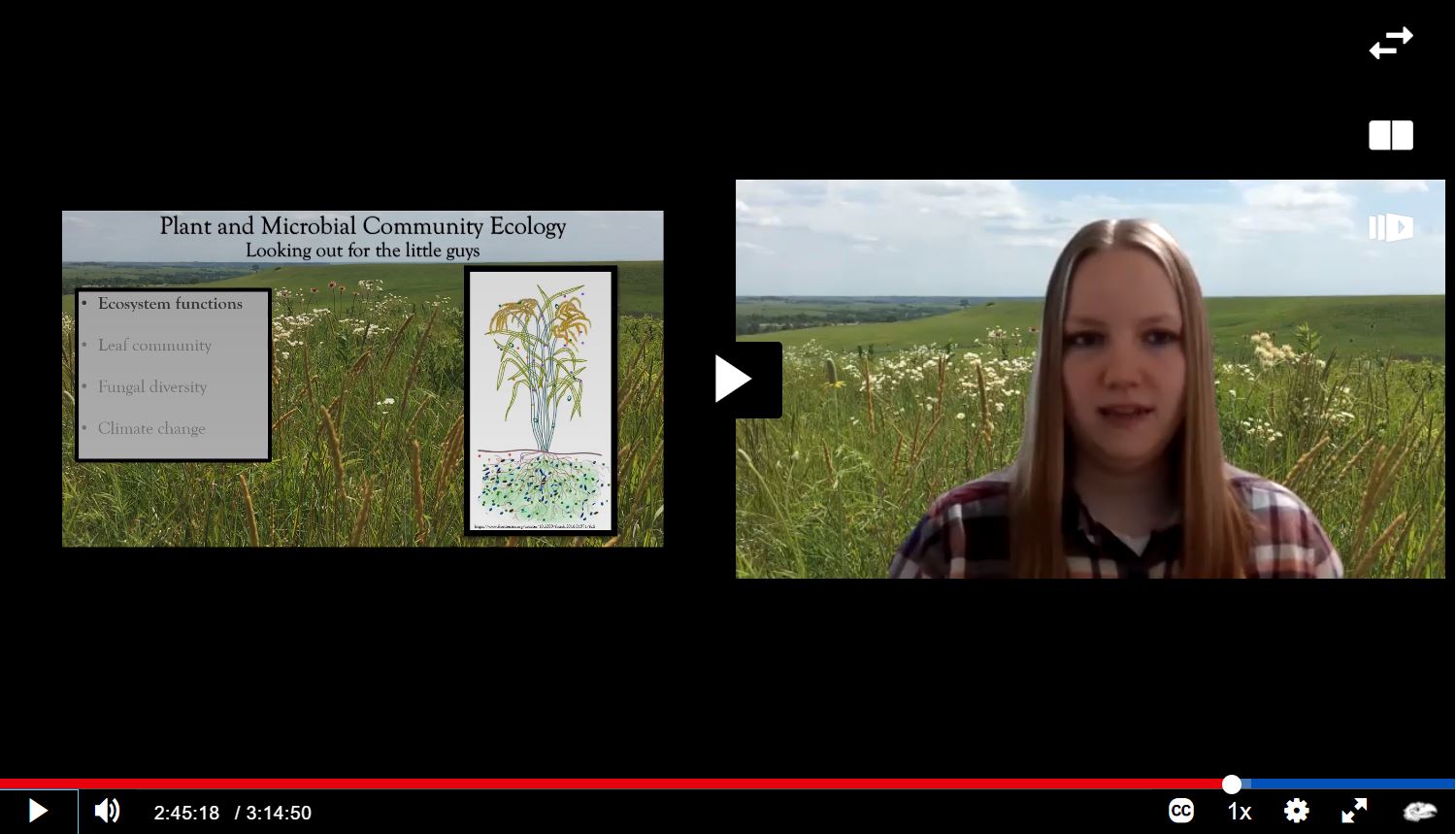Kansas scientists recently reported that precipitation, not land-use, determines the makeup of certain plant and fungal communities across the state.
“I like to think of plant and microbial ecology as looking out for the little guys,” said Hannah Dea, graduate student at Kansas State University mentored by Associate Professor Ari Jumpponen.
Hannah is part of a larger research effort funded by Kansas NSF EPSCoR that aims to tease out the mysteries of microbial communities in Kansas ecosystems.
These tiny life forms are too small to see without a microscope but live virtually everywhere. On the prairies of Kansas, you can find microbes not just on, but in and around the roots and leaves of plants.
These ‘little guys’ have big jobs in the ecosystem, from decomposition to defense against pathogens. “The more diverse the microbial community, the better able it is to do these services,” said Hannah.
But exactly how do plant and fungal communities respond to precipitation? And does their response depend on the land-use history of where they live?
These questions form the basis of Hannah’s research study. The results are important because they help us understand how microbes respond to the changing climate across the Great Plains that leads to severe drought and flooding.
This research is funded by the Kansas NSF EPSCoR RII Track-1 Award titled: “Microbiomes of Aquatic, Plant, and Soil Systems across Kansas.”
Hannah Dea collaborated with several other researchers on this project, including Abigail Urban, Anna Kazarina, Gregory Houseman, Samantha Thomas, Terry Loecke, Mitchell Greer, Thomas Platt, Sonny Lee and Ari Jumpponen.
Learn more
Watch the video recording of Hannah Dea presenting her research at the 2022 Kansas NSF EPSCoR annual symposium.
Read the article published by Hannah Dea and colleagues in the journal Frontiers in Fungal Biology, 07 July 2022: https://www.frontiersin.org/articles/10.3389/ffunb.2022.805225/full

